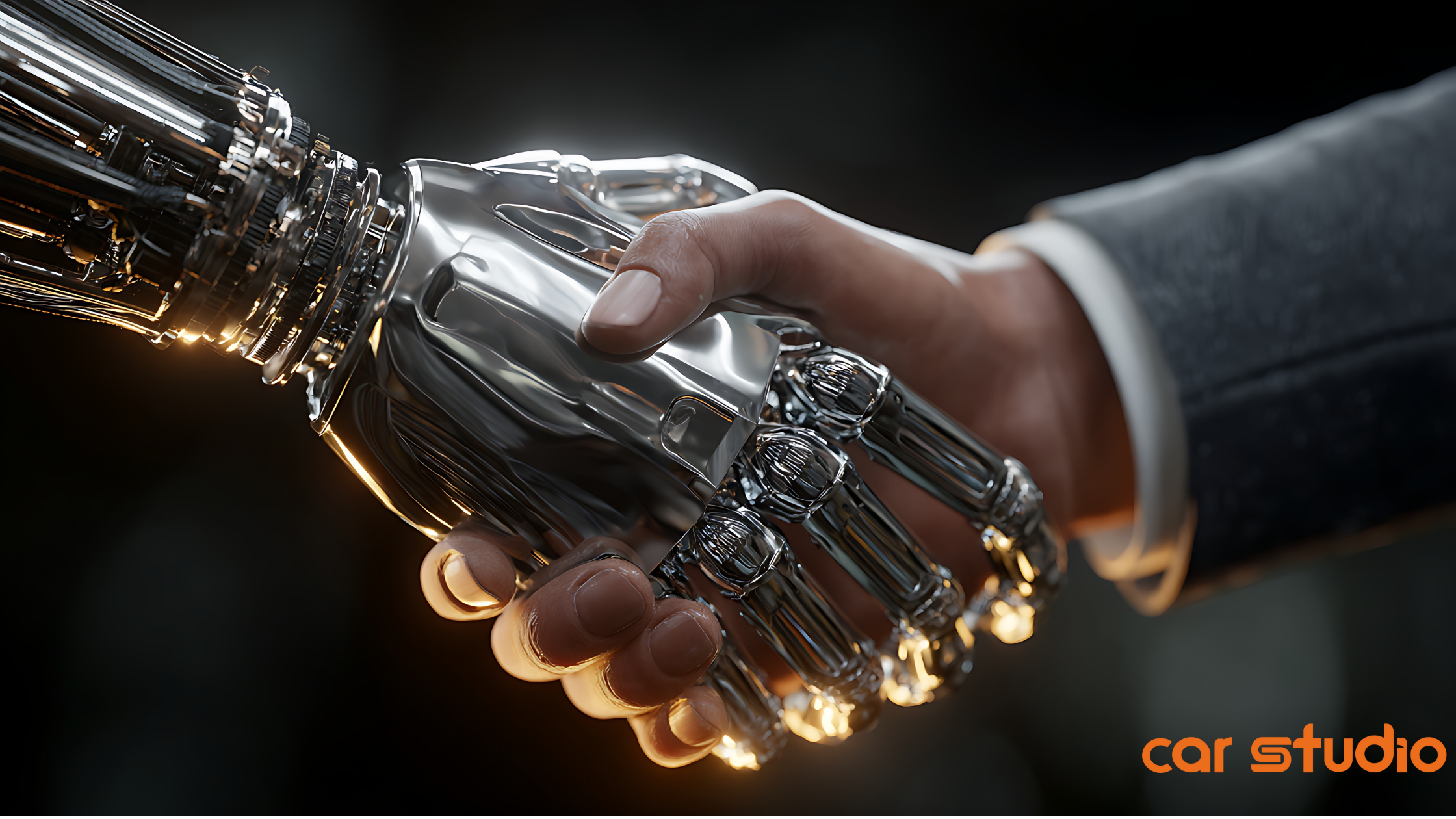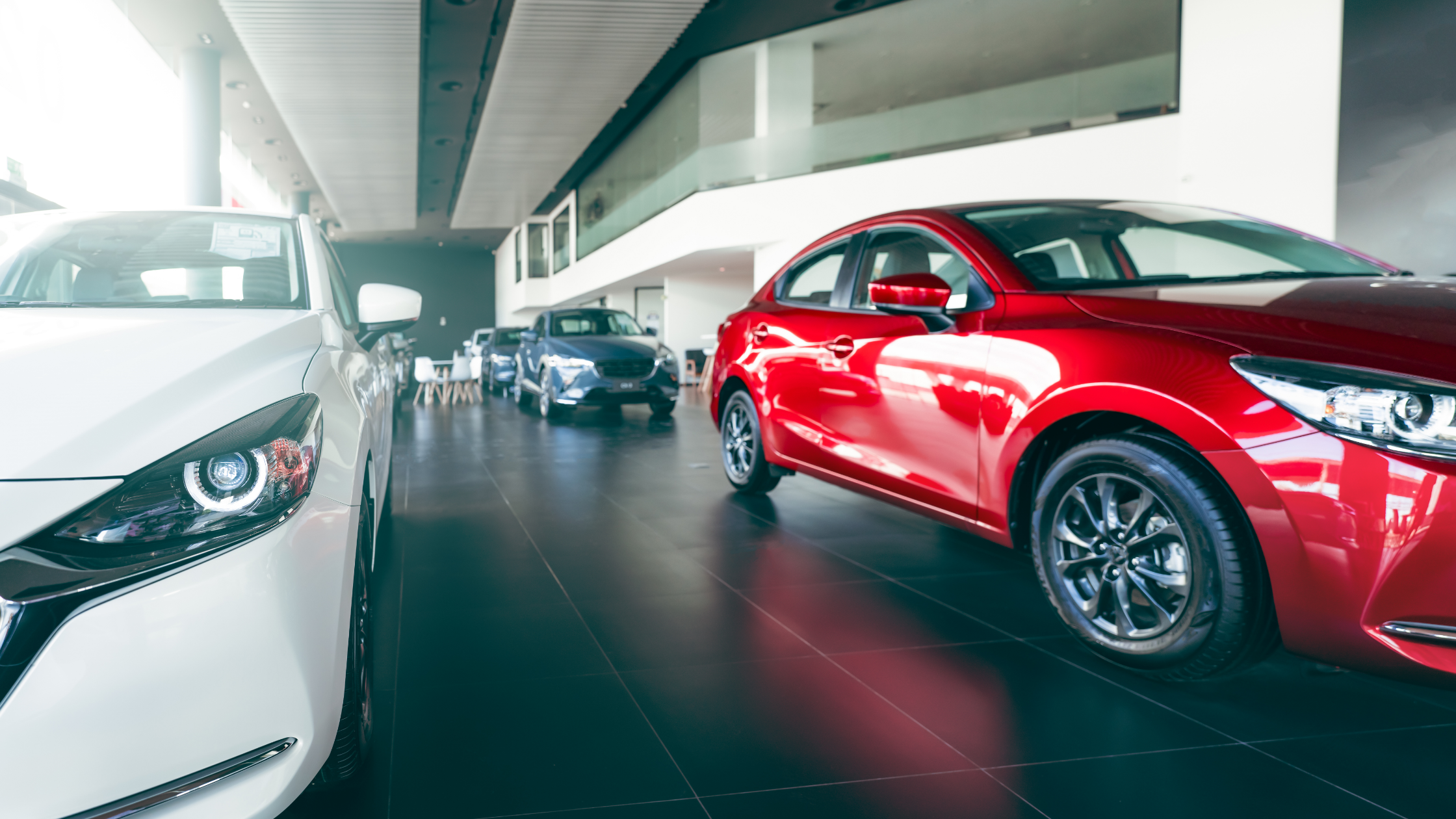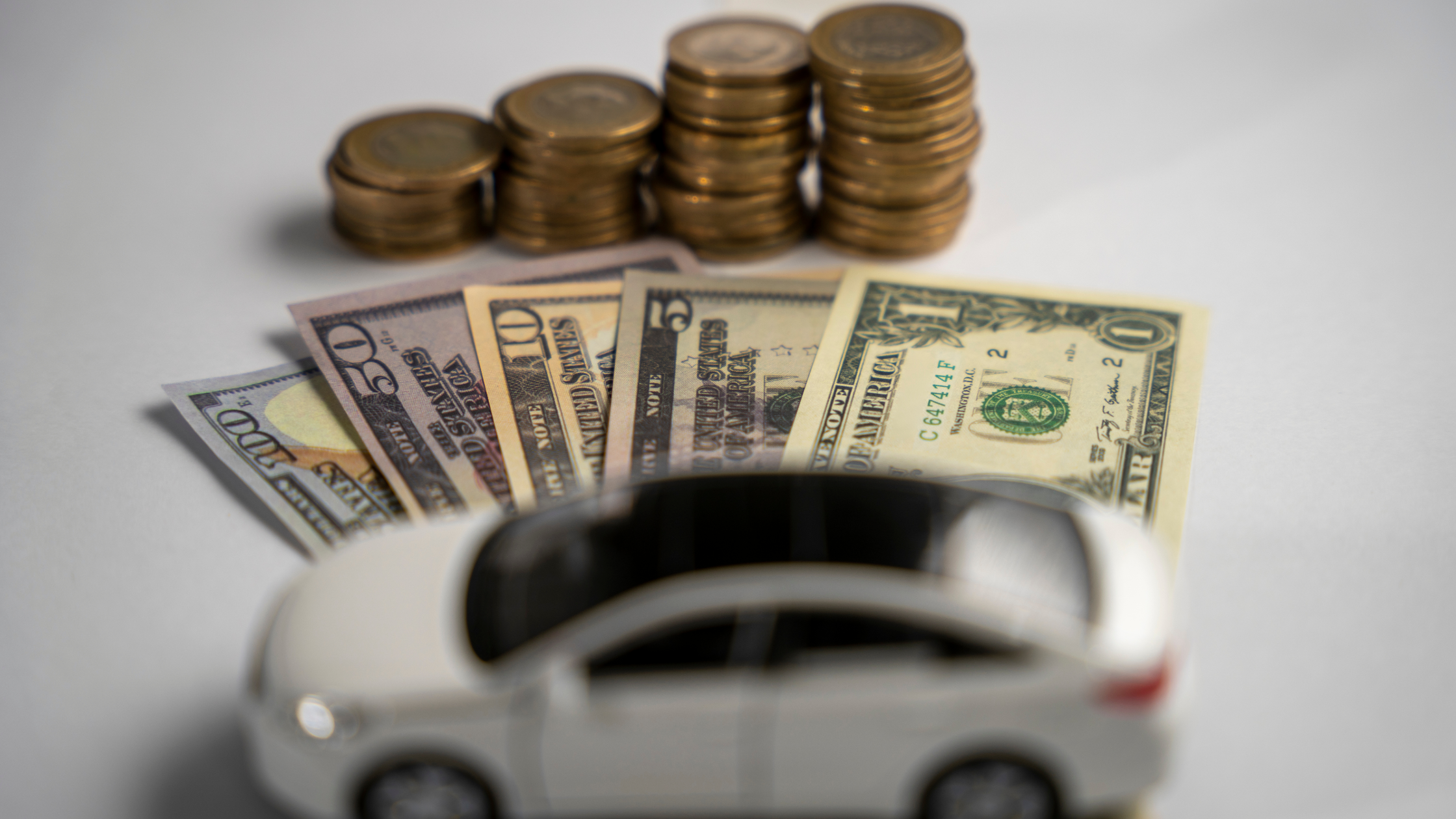
Optimizing Car Listings with Emotionally Tuned AI Photos
Optimizing Car Listings with Emotionally Tuned AI Photos: A Dealer’s Guide
Introduction: The Power of Visuals in Automotive Sales
The way cars are sold has changed forever. Once upon a time, a buyer’s first encounter with a car happened under bright showroom lights, perhaps with a salesperson nearby ready to point out every detail. Today, the first impression often comes from a glowing screen on a phone or laptop. A quick scroll, a click on a thumbnail, and in a matter of seconds, a customer decides: Is this car worth their time?
This is why visuals matter more than ever. In the crowded online marketplace, photos aren’t just documentation; they’re persuasion. They’re not only showing metal, wheels, and leather they’re telling a story. High-quality, emotionally tuned photos can make a listing irresistible, transforming it from just another entry in an endless feed into something that sparks desire, curiosity, and trust.
Artificial intelligence has now become the hidden creative partner behind this transformation. By enhancing and optimizing car photos, AI allows dealerships to present vehicles in their best light while also connecting with buyers on a deeper, emotional level. And when you think about it, this isn’t just about technology it’s about psychology, marketing, and empathy wrapped together.
Why Emotionally Tuned Photos Matter
When someone shops for a car online, they aren’t simply looking at horsepower numbers or fuel economy stats. They’re imagining how the car will fit into their life. Will this SUV make family road trips easier? Does this coupe align with their idea of prestige and freedom? Can this hybrid represent their values around sustainability?
Emotionally tuned photography taps into these aspirations. By highlighting certain features, framing cars in specific ways, and even aligning images with lifestyle cues, dealerships can trigger emotional responses prestige, security, adventure, or innovation.
It’s the difference between a flat, lifeless picture of a sedan in a random parking lot versus an AI-enhanced photo of that same sedan with subtle reflections, a clean branded background, and perfect lighting. The second one doesn’t just show a car it makes you want it.
And dealerships that adopt this strategy see the results. Buyers linger longer on listings, engagement metrics improve, and sales cycles shorten. As explored in Car Studio AI’s dealer guide on neuro-marketing and AI car listings (Dealer Guide: Car Listing Optimization & Neuro-Marketing with AI), these visuals tap into the subconscious triggers that drive decision-making, blending aesthetics with behavioral science.

The Role of AI in Automotive Photography
AI is not just a tool for making photos look better it’s becoming a system that understands what buyers want to feel. Let’s break down its key roles.
Enhancing Photo Quality with AI
The basics matter. AI removes messy or distracting backgrounds, enhances lighting, and adds shadows and reflections to make cars look naturally grounded. These refinements are subtle, but they create trust. Cars that look “studio-shot” convey professionalism, and professionalism builds credibility.
I remember photographing my own car once in poor evening light, thinking it looked fine. But when AI cleaned up the shot, adjusted the tones, and placed it on a bright, consistent backdrop, the transformation was shocking. It no longer looked like “my driveway car” it looked like a showroom vehicle ready for a catalog.
Customizing Images to Audience Preferences
AI also goes beyond polishing. Through data analysis, it learns what resonates with different demographics. Younger buyers might respond more to sporty, technology-focused images close-ups of dashboards, glowing screens, or sleek silhouettes. Families might feel reassured by visuals highlighting safety, space, or comfort. Luxury shoppers often want exclusivity, prestige, and polish.
By adapting visuals for these audiences, AI makes listings feel more personal and targeted almost as if each car has its own campaign.
This concept connects directly with insights from Car Studio AI’s blog on AI tools that dealers love (AI Tools Car Dealers Love: Background Removal, 360 Views & Faster Sales), where customization and 360-degree experiences are shown to create stronger buyer engagement and shorten decision cycles.
Best Practices for Using AI-Enhanced Photos in Listings

Let’s step into the dealer’s shoes. What practical actions make emotionally tuned AI photos effective?
Consistency Is Key
Every listing should look like it came from the same professional studio, even if cars were shot in different places. AI ensures that no matter the starting conditions, the final output is aligned with the dealership’s brand identity. This consistency isn’t just about aesthetics—it’s about trust. Shoppers subconsciously link consistency with reliability, and reliability with trustworthiness.
Highlight Key Features
Every car has a “hero feature.” For some, it’s the tech giant infotainment screens, advanced safety sensors. For others, it’s the rugged design, powerful stance, or luxurious interiors. AI can identify and subtly highlight these features so that what matters most to a target audience is front and center.
Think of it as visual storytelling. Instead of just showing a car, you’re telling buyers: This is why this car suits your life.
Blending Lifestyle and Vehicle Presentation
AI can even integrate dynamic or lifestyle-oriented backgrounds urban skylines, open roads, scenic countryside that align with the story being told. It’s not about deception; it’s about aspiration. A family SUV against a mountain road backdrop tells a different story than the same SUV parked in a dealership lot.
Overcoming Challenges with AI Photography in Car Listings
Of course, no revolution comes without its hurdles.

Ultimately, the long-term benefits faster listings, higher engagement, cost efficiency far outweigh the initial challenges.
Conclusion: Driving Sales with AI-Enhanced Visuals
The digital showroom is now just as important if not more important than the physical one. And in this new reality, visuals are the sales team’s first handshake, smile, and pitch.
Emotionally tuned AI photos transform ordinary car listings into compelling narratives. They highlight not just vehicles, but lifestyles. They turn browsers into buyers by connecting with emotions as much as with logic.
For dealerships, this is not just a competitive edge it’s survival in a marketplace where attention is scarce and first impressions are everything. By leveraging AI, dealers can streamline workflows, save costs, and most importantly, create listings that resonate.
The future of automotive sales lies not only in selling cars, but in selling stories. With AI as your silent partner, those stories become sharper, faster, and more persuasive than ever.
FAQ Section
What is emotionally tuned photography?
Emotionally tuned photography is more than just taking attractive photos of a car it’s about using visual psychology to make the vehicle resonate with a potential buyer’s desires and lifestyle. Every angle, background, and lighting choice is deliberate. For example, showing an SUV against a scenic mountain road backdrop triggers feelings of freedom and adventure, while a sleek sedan photographed with sharp reflections and clean studio tones might evoke prestige and professionalism. Instead of simply documenting the car, the photo becomes a story about the life the buyer could have with it. This emotional connection is what makes the listing stand out in a sea of similar vehicles.
How does AI enhance car photos?
AI enhances car photos by acting as an intelligent, automated photo editor only faster and more consistent. Using computer vision and deep learning, AI can instantly remove distracting backgrounds, replace them with clean or branded ones, and adjust lighting for a more polished look. Shadows and reflections can be added to make the vehicle appear naturally grounded, while colors and textures are fine-tuned for accuracy. What makes AI truly powerful is its ability to tailor images for different audiences. For example, families might respond better to bright, spacious-feeling shots, while young professionals might be drawn to sleek, high-tech compositions. This means dealerships don’t just get “prettier” photos they get images strategically crafted to connect with the right buyers.
Can AI replace professional photographers?
AI is incredibly powerful, but it doesn’t completely replace the human touch of professional photographers. Photographers bring creative intuition, storytelling ability, and an eye for unique detail that AI cannot fully replicate. However, AI ensures consistency and efficiency across large volumes of images something even the best photographer would find time-consuming. The most effective approach is blending both: let photographers capture cars with their artistic eye, and then let AI handle the heavy lifting of editing, background adjustments, and branding. Together, they produce imagery that’s both technically perfect and emotionally compelling.
What are the initial costs involved in adopting AI photography?
The initial costs depend on the specific AI tools or service providers chosen, but they are generally far less than traditional alternatives like hiring full-time editors, renting photo studios, or outsourcing to agencies. There may be subscription fees for AI platforms or one-time setup costs, but these are offset quickly by the savings in time and resources. More importantly, dealerships often see the return on investment in the form of faster sales cycles, higher-quality listings, and increased buyer engagement. A car that might have sat unsold for weeks could find a buyer faster thanks to AI-enhanced photos. When you factor in improved conversion rates, the long-term financial benefits significantly outweigh the startup costs.
How can dealerships get started with AI-enhanced photos?
Getting started doesn’t have to be overwhelming. The first step is to identify the dealership’s pain points are photo edits taking too long? Are listings inconsistent? Once needs are clear, dealerships can consult AI providers who specialize in automotive imaging. Many offer tailored services that integrate seamlessly into existing workflows. Starting small is often the best approach: try background removal or consistent branding across listings, and then expand into advanced features like 360-degree views or lifestyle backdrops. Over time, dealerships can build a full AI-driven workflow that saves hours of manual work while elevating the professionalism of every listing. The key is to view AI not as a one-time tool but as an ongoing partner in the digital sales journey.
